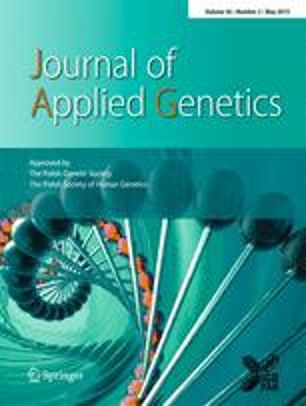The use of animals as a source of organs and tissues for xenotransplantation can overcome the growing shortage of human organ donors. However, the presence of xenoreactive antibodies in humans directed against swine Gal antigen present on the surface of xenograft donor cells leads to the complement activation and immediate xenograft rejection as a consequence of hyperacute reaction. To prevent hyperacute rejection, it is possible to change the swine genome by a human gene modifying the set of donor’s cell surface proteins. The gene construct pGal-GFPBsd containing the human gene encoding α-galactosidase enzyme under the promoter of EF-1α elongation factor ensuring systemic expression was introduced by microinjection into a male pronucleus of the fertilised porcine oocyte. As a result, the founder male pig was obtained with the transgene mapping to chromosome 11p12. The polymerase chain reaction (PCR) analysis revealed and the Southern analysis confirmed transgene integration estimating the approximate number of transgene copies as 16. Flow cytometry analysis revealed a reduction in the level of epitope Gal on the cell surface of cells isolated from F0 and F1 transgenic animals. The complement-mediated cytotoxicity assay showed increased viability of the transgenic cells in comparison with the wild-type, which confirmed the protective influence of α-galactosidase expression.

